Tag: Circular Congregational Church (Charleston SC)
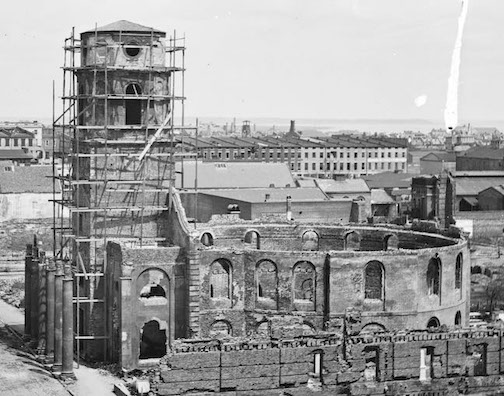 Wikipedia says: The Circular Congregational Church is a historic church at 150 Meeting Street in Charleston, South Carolina, United States, used by a congregation established in 1681. Its parish house, the Parish House of the Circular Congregational Church, is a highly significant Greek Revival architectural work by Robert Mills, and is recognized as a U.S. National Historic Landmark.
Wikipedia says: The Circular Congregational Church is a historic church at 150 Meeting Street in Charleston, South Carolina, United States, used by a congregation established in 1681. Its parish house, the Parish House of the Circular Congregational Church, is a highly significant Greek Revival architectural work by Robert Mills, and is recognized as a U.S. National Historic Landmark.
…In 1804, the time had come to replace the Meeting Street house with a more commodious building. Martha Laurens Ramsay proposed a circular form and Robert Mills, Charleston’s leading architect who also designed the Washington Monument in D.C., completed the plans. The church he designed was a Pantheon-type building 88 feet (27 m) in diameter with seven great doors and 26 windows. On its main floor and in the gallery it was said to accommodate 2,000 worshippers. The first major domed building in North America, it was described by one observer in 1818 as “the most extraordinary building in the United States.” However, people made fun of the fact that the church lacked a steeple and for years laughed at the rhyme:
Charleston is a pious place
And full of pious people
They built a church on Meeting Street
But could not raise the steeple.
The people of Circular Church, as it was now popularly called, stopped the laughter in 1838 by raising a New England-style steeple that towered 182 feet (55 m) above Meeting Street.
During the “glory days” of 1820–1860, Circular Church had a large congregation of white and black members. The first Sunday School for religious education in South Carolina was started here in 1816, and members founded the Charleston Bible Society, a prototype to the later American Bible Society. The membership included two governors of the state, prominent senators, the editor of the Courier, and many others whose voices made Charleston eloquent and who extended the influence of their church far beyond its walls. It also included many slaves and poor whose names were unknown to anyone beyond its walls.
The walls of the Circular Church were not long to stand. On December 11, 1861, a fire started near the Cooper River. During the night, a “hurricane of fire” swept all the way across the city, leaving in its wake the ruins of Old Circular. The American Civil War soon followed with its devastating effect. The black members of the church withdrew in 1867 to form the Plymouth Congregational Church.
The psychology of defeat continued to demoralize the church for more than a decade, and it was a chastened and much reduced congregation that gathered the brick from the overgrown ruins of the great 1804 meeting house and erected a new sanctuary in 1890. In January 1888, the congregation began the process of removing the materials from the old church.
Showing 1–16 of 25 results
-
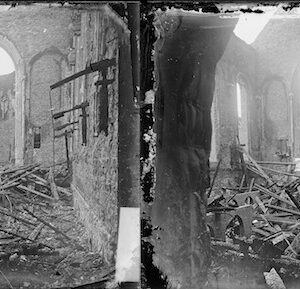
Image ID: AHAB
$3.99 – $4.99 This product has multiple variants. The options may be chosen on the product page -
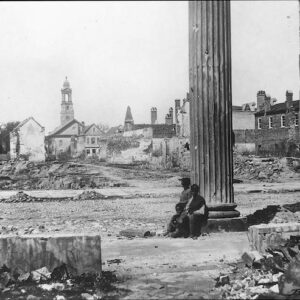
Image ID: AIEW
$3.99 -

Image ID: AIFD
$6.99 -
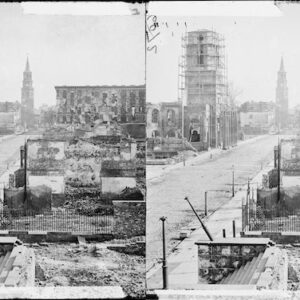
Image ID: ALAO
$6.99 -
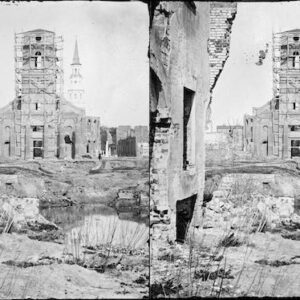
Image ID: ALAP
$6.99 -
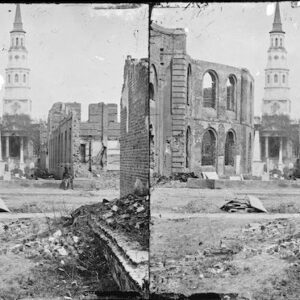
Image ID: ALAT
$6.99 -
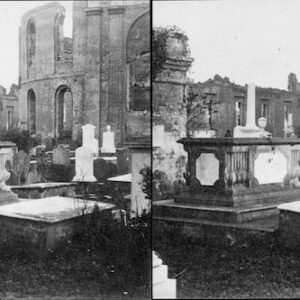
Image ID: ALBC
$4.99 – $5.99 This product has multiple variants. The options may be chosen on the product page -
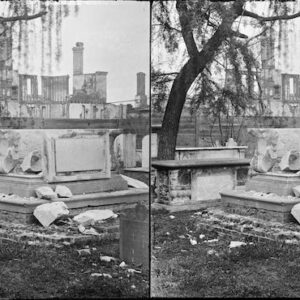
Image ID: ALBD
$6.99 -
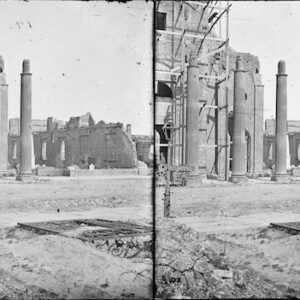
Image ID: ALBS
$6.99 -
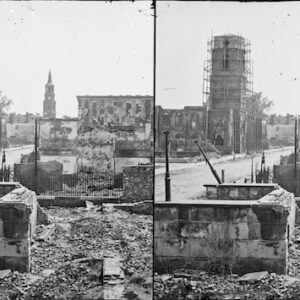
Image ID: ALBU
$6.99 -
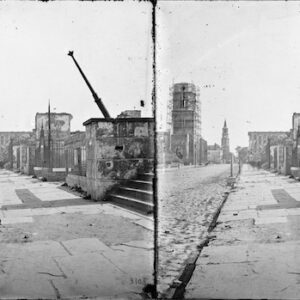
Image ID: ALBV
$6.99 -
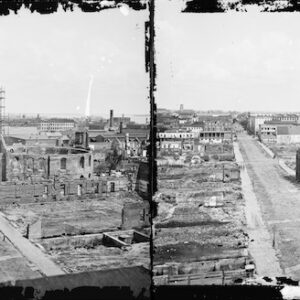
Image ID: ALMN
$6.99 -
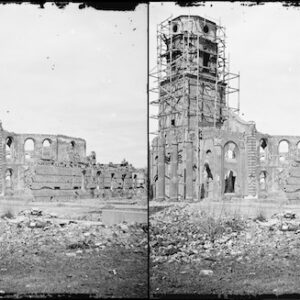
Image ID: ALMO
$6.99 -
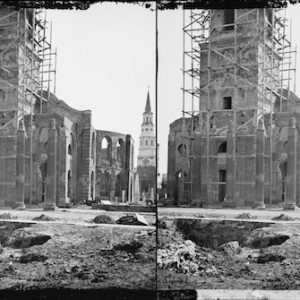
Image ID: ALMP
$6.99 -
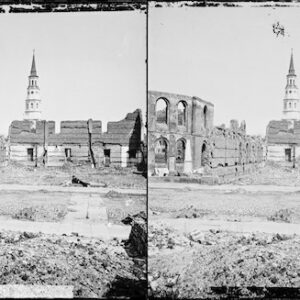
Image ID: ALMU
$6.99 -
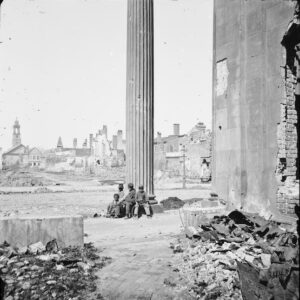
Image ID: ALMV
$5.99